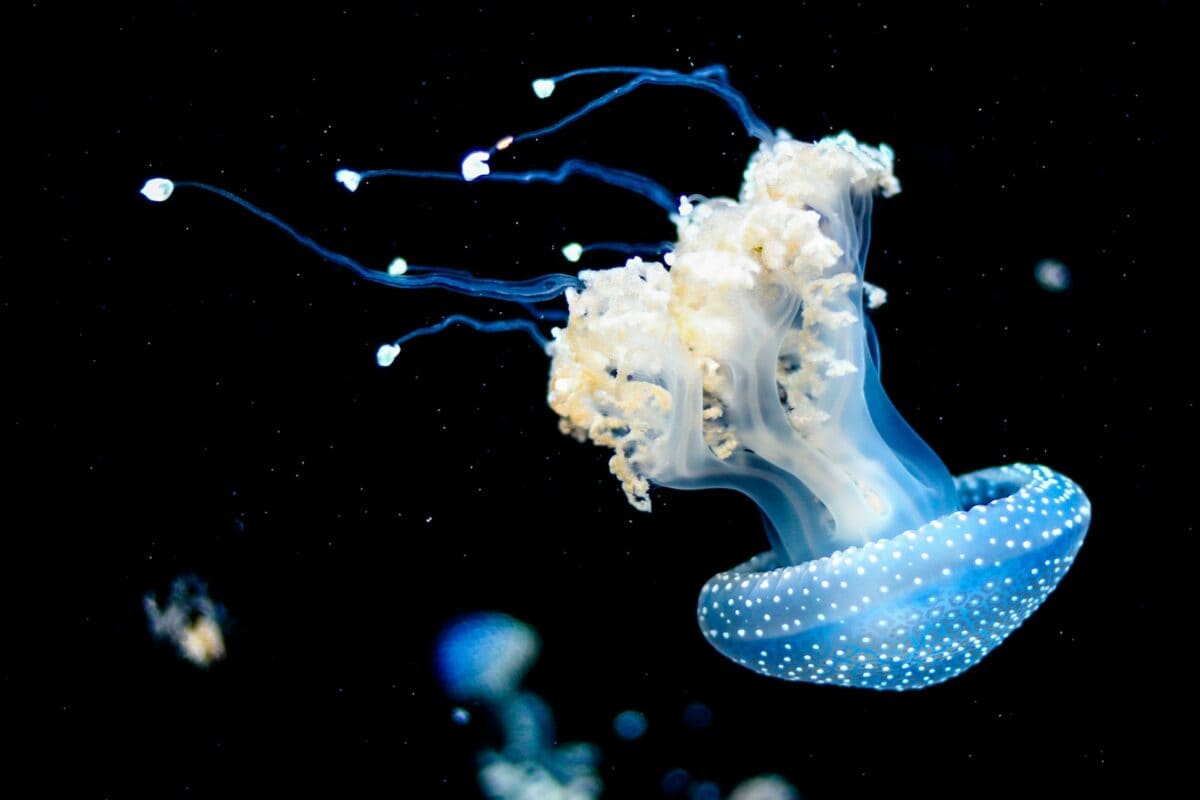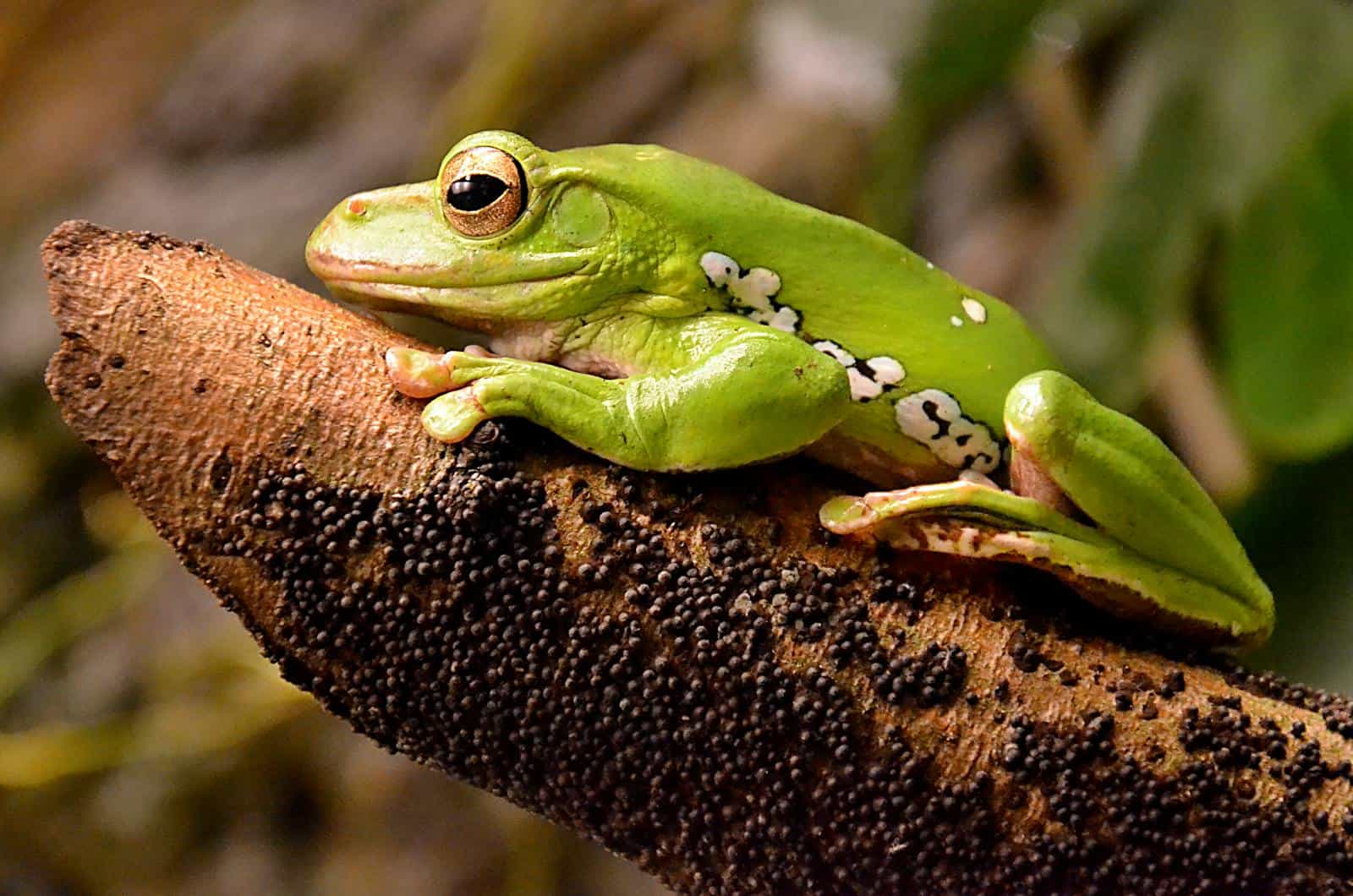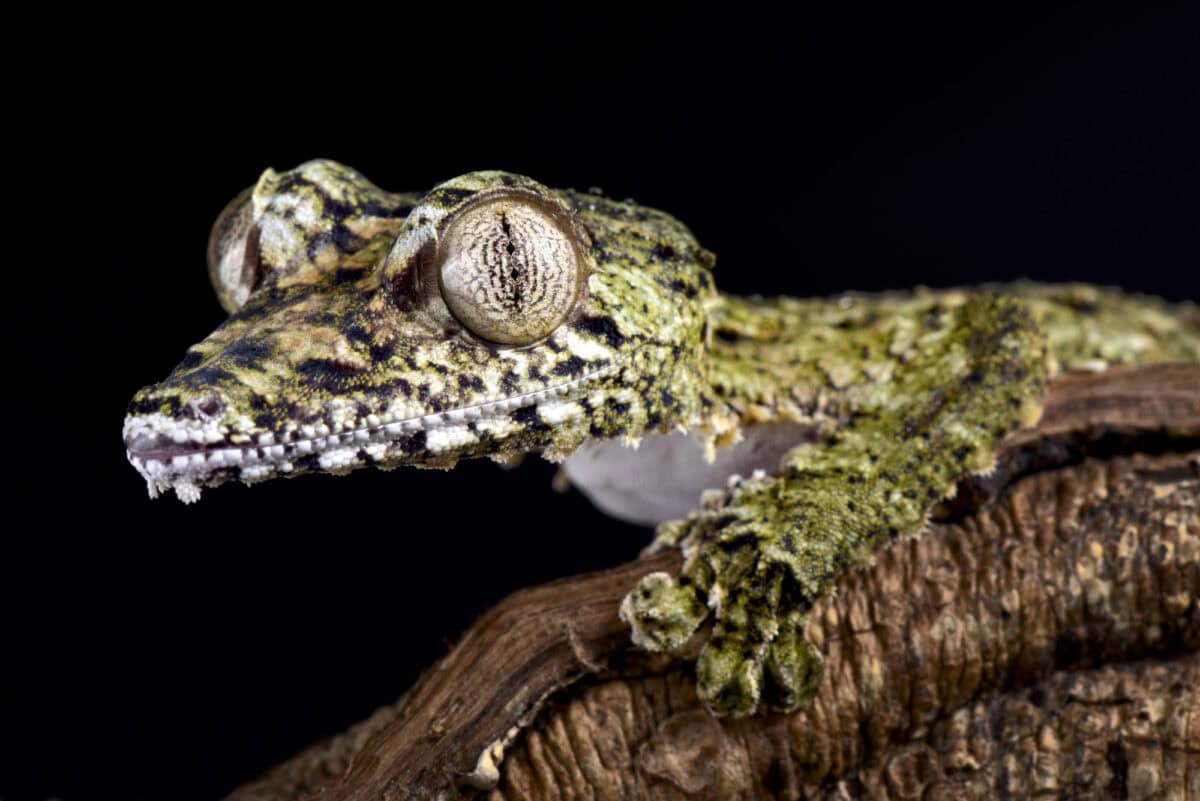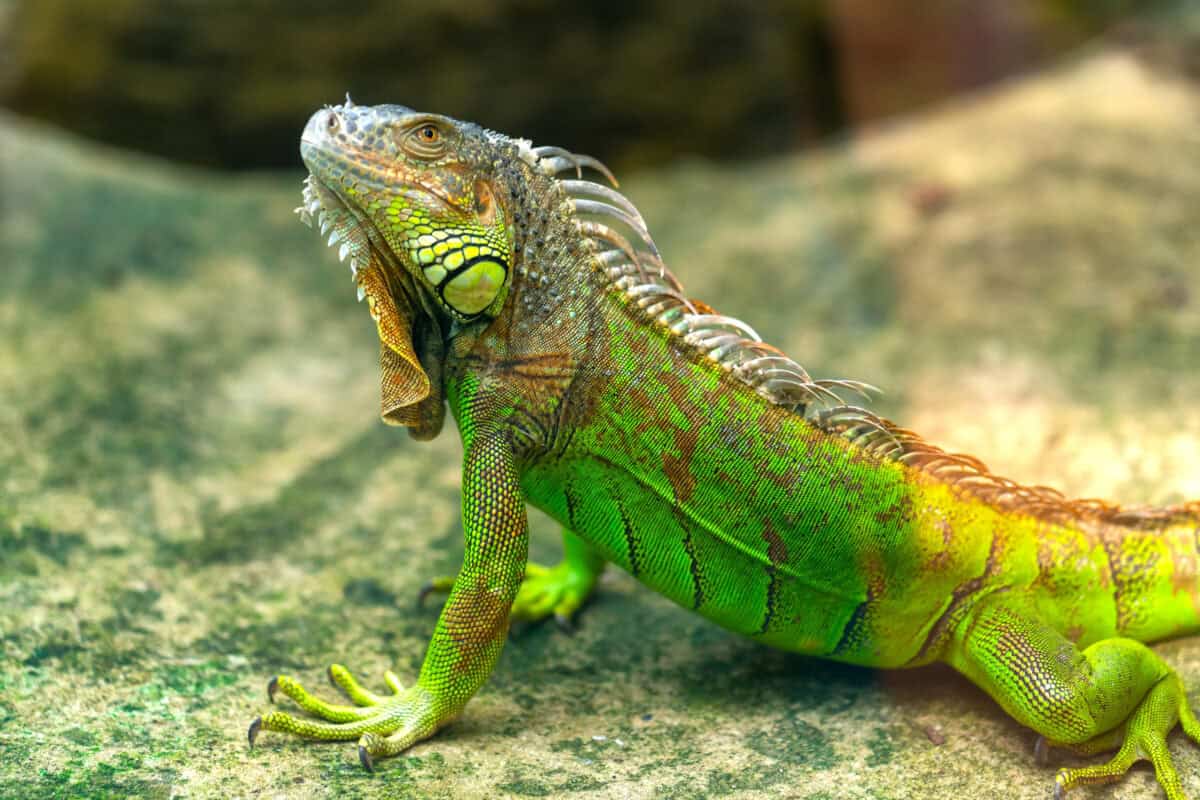In the mysterious depths of the natural world exists a fascinating group of creatures that defy the very laws of biology as we traditionally understand them. These remarkable organisms have adapted to survive in an oxygen-limited or even oxygen-free environment for extended periods. This intriguing capability can be attributed to millions of years of evolutionary adaptations that have equipped these species with unique physiological features. Join us as we explore ten incredible animals that demonstrate nature’s remarkable ingenuity by thriving without oxygen for hours.
The Scuba Stylings of the Tardigrade

Affectionately known as water bears, tardigrades are microscopic marvels that can survive in almost any environment, from the depths of the ocean to the vacuum of space. These resilient creatures can suspend their metabolism in times of stress through a process called cryptobiosis, allowing them to withstand environments completely devoid of oxygen. By entering this dormant state, tardigrades can ride out oxygen-poor conditions for extended periods, resuming normal life once conditions improve.
The Box Jellyfish’s Intermittent Energy

The box jellyfish, famous for its potentially lethal sting, also possesses an astounding ability to survive with minimal oxygen. During periods when oxygen is scarce, this invertebrate can switch to anaerobic respiration, allowing it to generate energy without oxygen. This adaptability ensures the jellyfish can continue its predatory activities while conserving energy during tough times.
Anoxia Tolerant Turtles

Pioneers of the anaerobic world, certain species of turtles, such as the painted turtle, can survive for months without oxygen during hibernation. These turtles remain submerged in icy waters, slowing their metabolism to almost a standstill. By relying on anaerobic respiration and storing energy in their tissues, they emerge unscathed despite a temporary plunge into oxygen deprivation.
The Resilient Goldfish and Crucian Carp

Goldfish and crucian carp are not just charming pond dwellers; they are champions of oxygen deprivation. In harsh winters, these fish use anaerobic metabolism to keep going in low-oxygen waters. They convert lactic acid, a typical byproduct of anaerobic respiration, into ethanol, which they expel through their gills, effectively preventing toxic buildup.
The Intriguing Lungfish Rejuvenation

Lungfish are among nature’s most innovative adaptations to harsh conditions. These fish can enter a state of estivation – a kind of deep dormancy – during dry seasons when water is scarce, creating a mucous cocoon to retain moisture and oxygen. They slow their metabolism so drastically that they can live without fresh water or oxygen for months, breathing air through their partially developed lungs.
The Amphibian Wonder Frogs and Salamanders

Various frog and salamander species, like the wood frog and hynobiidae, can withstand cold, oxygen-deprived environments by dropping their metabolic rate. Some can even have their heartbeats stopped under ice without harm. This anoxic tolerance allows them to survive until their habitats thaw and oxygen levels are restored.
The Impressive Adaptation of the Gecko

Tropical regions play host to geckos, some of which have remarkably adapted to endure low-oxygen environments. By employing anaerobic respiration during periods when oxygen is depleted, these reptiles can conserve energy and maintain essential bodily functions, allowing them to remain active even in compromised conditions.
Insect Resilience Moths and Flies

Insect larvae, such as those of some moths and flies, can tolerate low-oxygen conditions by slowing their metabolism and entering a kind of suspended animation. Their ability to survive these hostile environments makes them some of the most adaptable creatures on Earth, capable of thriving in areas with significant variation in oxygen availability.
The Unique Physiology of the Wels Catfish

The wels catfish, a freshwater giant, can survive in oxygen-poor environments by occasionally surfacing to gulp air. This species, found in Europe and parts of Asia, possesses a robust cardiovascular system that supports its life in murky, low-oxygen waters, ensuring its continued survival through a mix of aquatic and aerial respiration.
The Robust Toughness of the Wood Frog

Wood frogs have an extraordinary ability to endure anoxia during hibernation. As temperatures plummet, these frogs effectively “freeze” their bodies, halting processes that would otherwise require oxygen. By strategically directing energy to essential organs, wood frogs can survive long periods with little to no oxygen until they thaw out in spring.
Mastery of the Unseen The Eel’s Secret

Eels, like the European eel, can live in low-oxygen waters by swimming into the mud and reducing their metabolism. This adaptation assists them during sluggish moments and provides a survival advantage when their aquatic environment offers limited oxygen resources.
Revolutionary Adaptation in the Galapagos Iguana

The marine iguana of the Galapagos Islands is a unique reptile that can dive and feed under the sea. When submerged, these iguanas slow their heart rates to conserve oxygen, allowing them to remain underwater for up to 30 minutes. This capability ensures their survival in a niche environment where food is scarce without diving prowess.
Conclusion The Power of Adaptation

The breathtaking ability of these animals to survive without oxygen showcases the power of adaptation and the resilience of life forms in various environments. From the intricacies of metabolic suspension to the strategic allocation of resources, these unique testimonials of biological innovation continue to inspire and expand our understanding of life’s resilience and adaptability. Whether in the depths of the ocean, frozen tundra, or tropical forests, these creatures remind us of the endless wonder and mystery present in the natural world.
- 17 Dog Breeds With The Longest Life Expectancy - August 19, 2025
- Why This US National Park Is Home to the Worlds Largest Herd of Bison - August 19, 2025
- 10 Creatures With Built-In Armor - August 19, 2025

